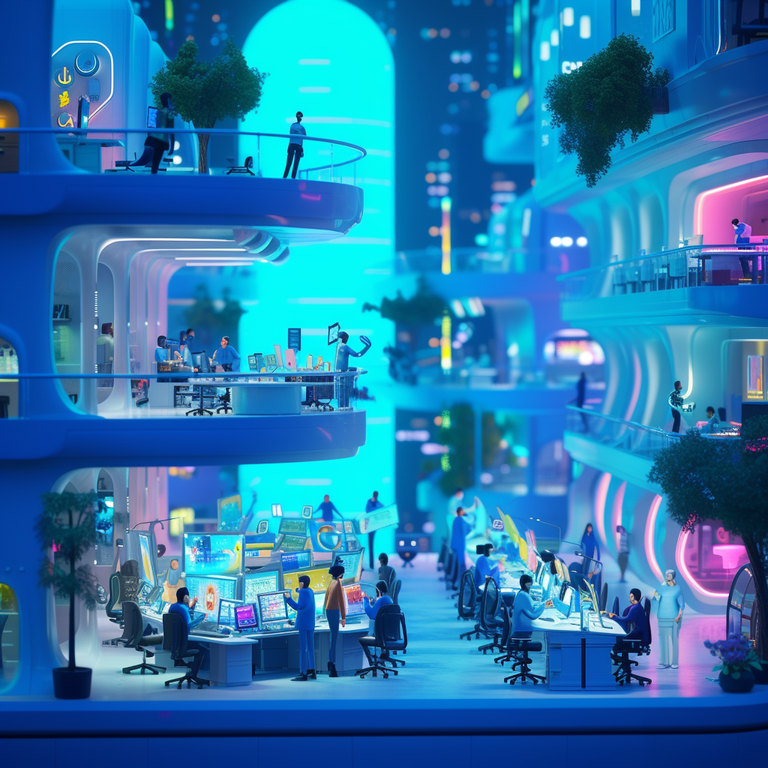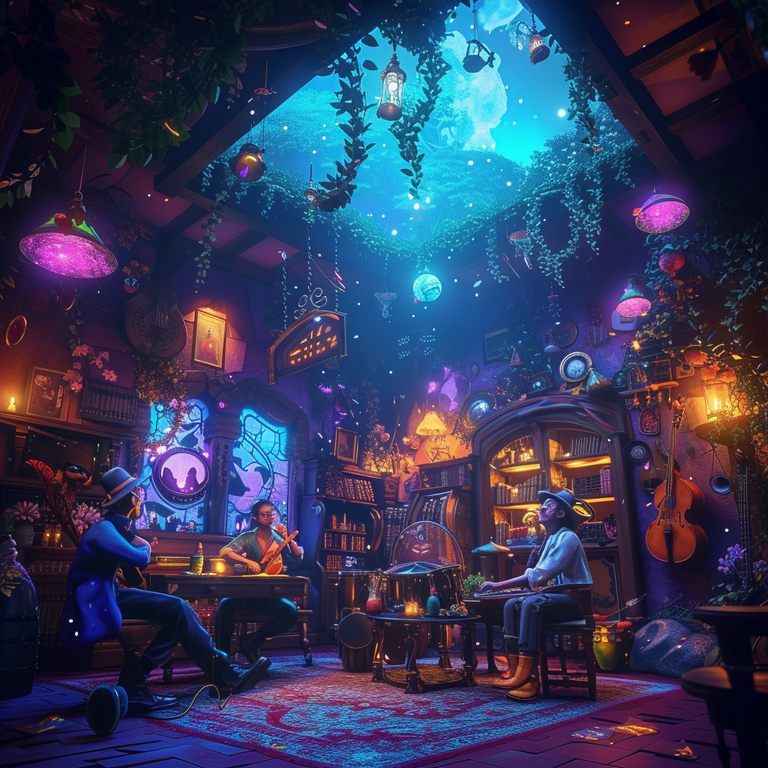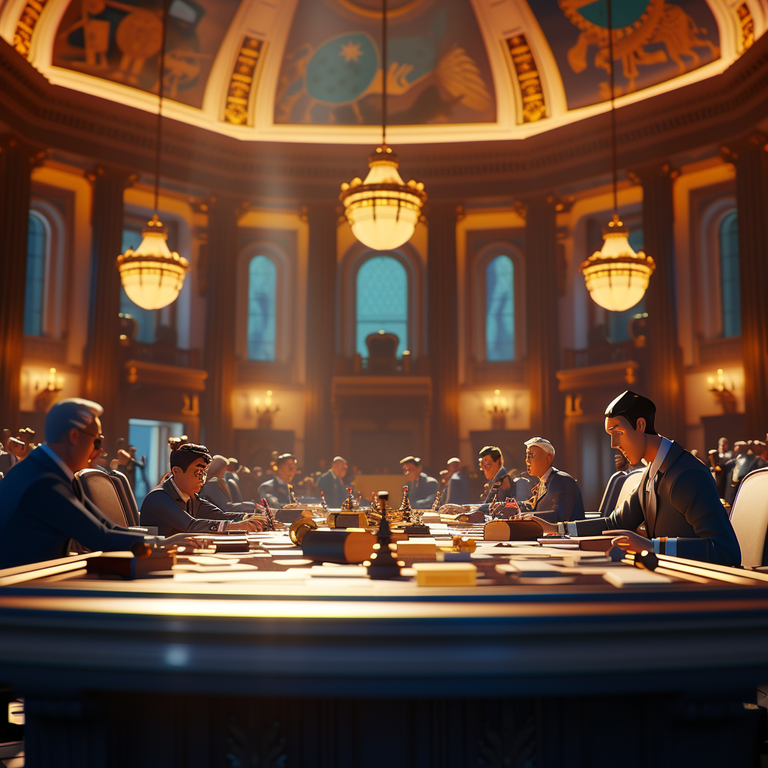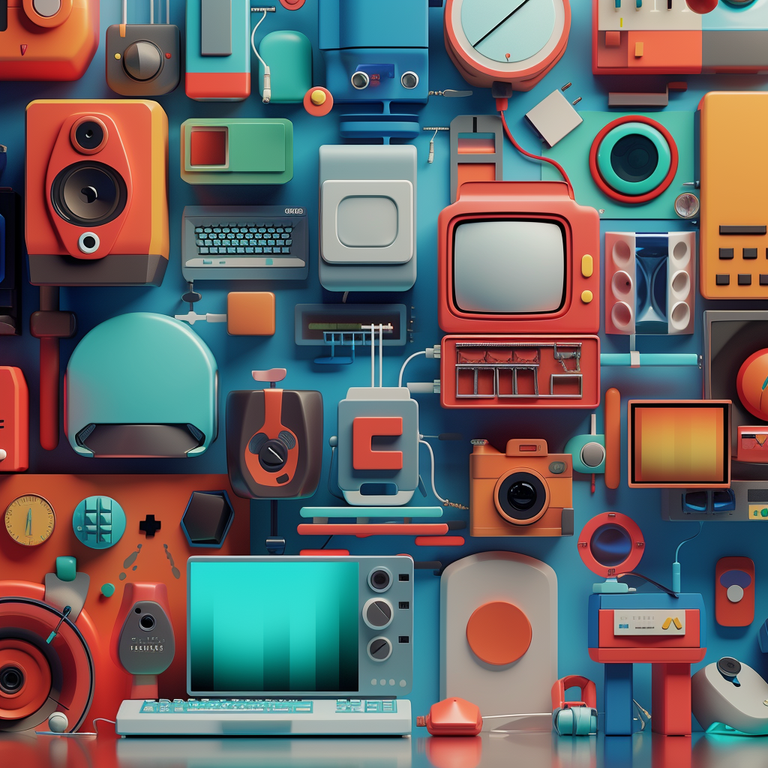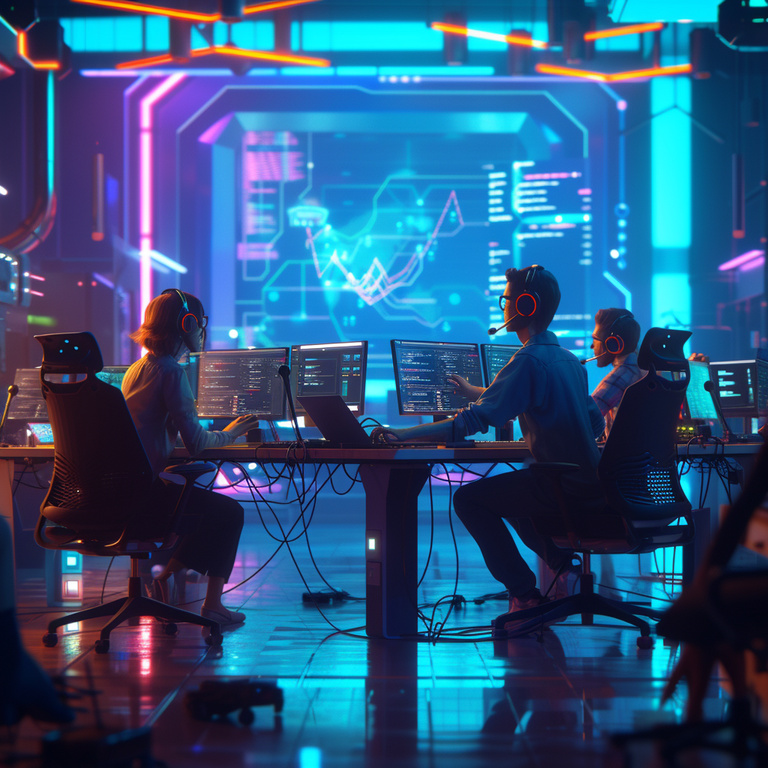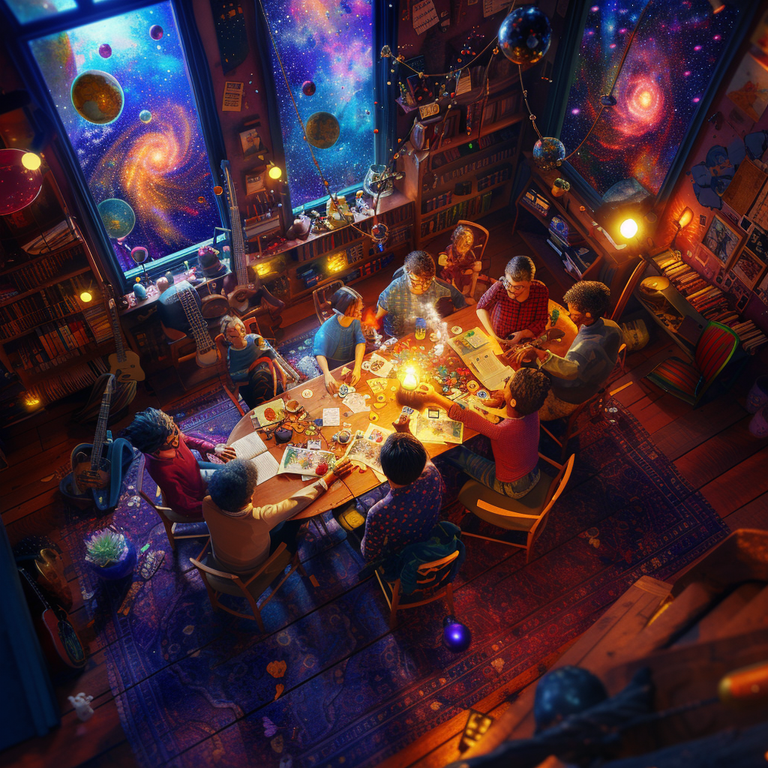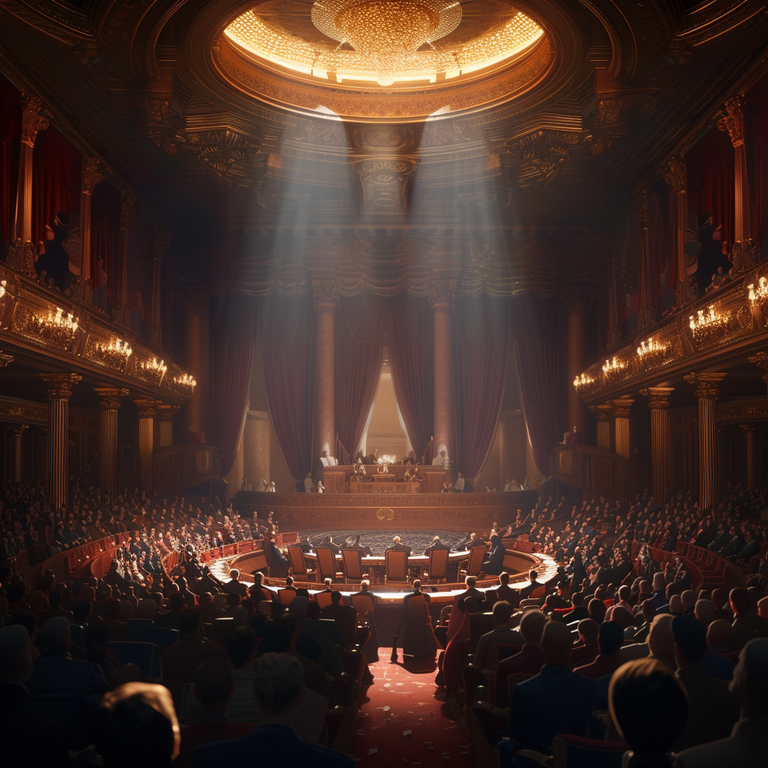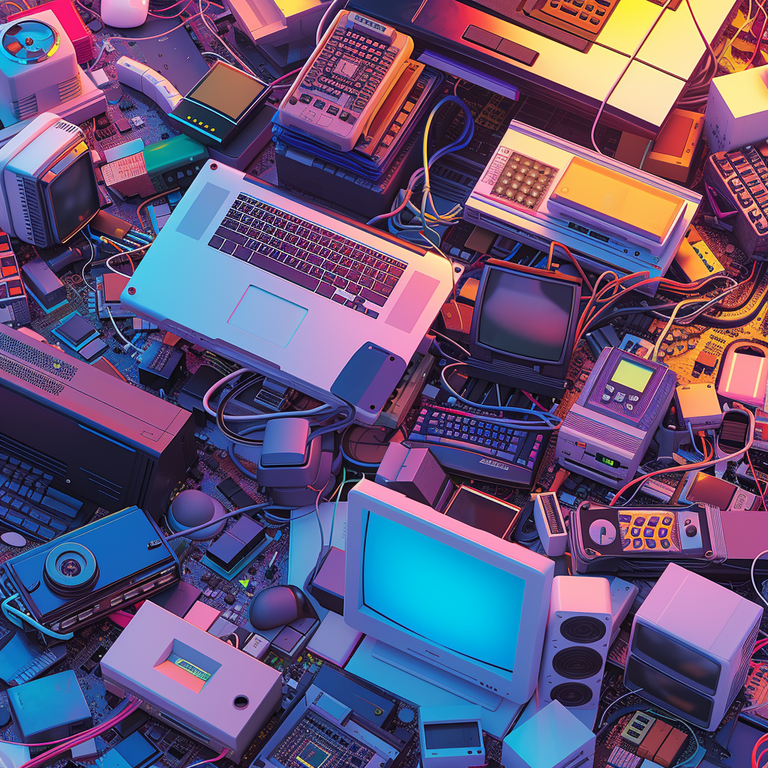Generative Art Prompts
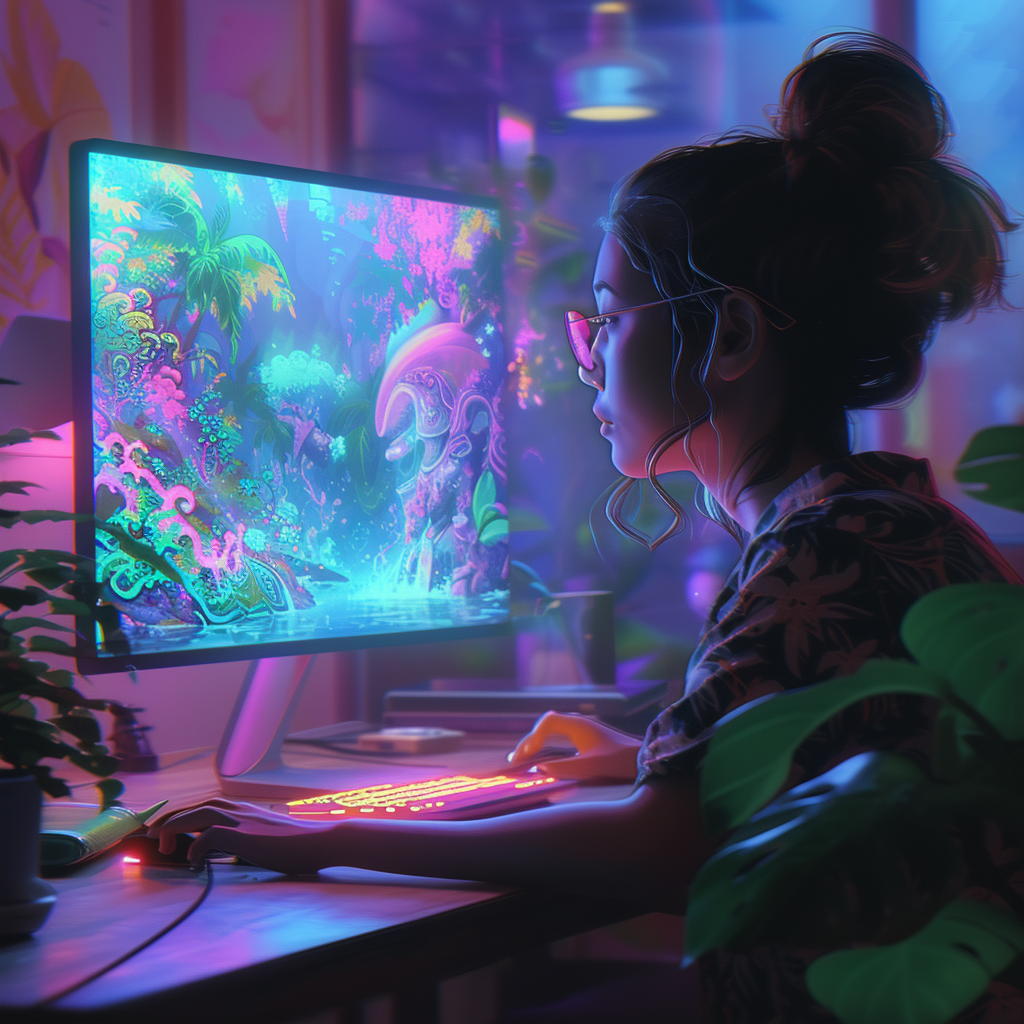
When you want to use Generative Artificial Intelligence to create artwork, like Stable Diffusion, DALL-E, or Midjourney, how you structure your prompt largely determines what the large models will produce. Here are a few rules and examples to follow.
How to Prompt
Craft your prompt with the following structure:
[image content/subject, description of action, state and mood],
Your first comma will delineate between subject and style.
[art form, style, and artist references],
The second will influence the way the subject is stylized and allow final framing.
[additional settings, such as lighting, colors, and framing]
Elements of a Prompt
Generative Art Prompts should consist of three elements, in order of your writing:
- Subject
Start with the subject or content of the image. Do you want a photo of a city? Or a portrait of a person? Be sure to describe what the subject is doing, how they're doing it, and a mood. - Style
Inform the model towards a specific aesthetic. Is it a watercolor painting? A sculpture? A lo-fi image? Consider typical artforms: photography, paintings, illustrations, digital art or 3D renders, film stills, and countless other forms. Mix and match and experiment with styles to produce starkly different results. - Settings
Finally, add more details to your prompt. Give details about the framing (close-up, background, etc.), perspective (wide-shot, point-of-view, cinematic lens, etc.), lighting (soft light, hard light, dramatic lighting, or times of day, like morning, sunset, twilight, etc.), color scheme (purples or reds, halcyons or magentas, etc.), levels of detail and realism (such as hyper-realistic or mention a specific artist or engine to achieve a clear look).
Without all three elements, you can still produce impressive or arresting images, even if you only list two of the three, but you lose a lot of fine control. The options below described both subject and style but not settings:
Look at what happens to the same four images when you apply all three elements (subject, style, and settings).
Other Considerations
Each generative AI model has its own quirks and commands, so you'll be well-served if you teach yourself some of those parameters because they can really help drive the output. For example, Midjourney considers the following parameters in their prompts:
--chaoschanges how varied the results will be, with 0 being the least and 100 being the most. For example,--chaos 80would be highly varied.--nohandles your negative prompts, things you don't want to see in your image. For example,--no buildingswill prevent the model from drawing buildings.--archanges the aspect ratio of the image. For example,--ar 16:9would render the image in a 16:9 aspect ratio.
Midjourney has specific parameters that continue to evolve with each major version and release, while DALL-E is built-in to OpenAI's API and ChatGPT's premium framework that is much more conversational.
